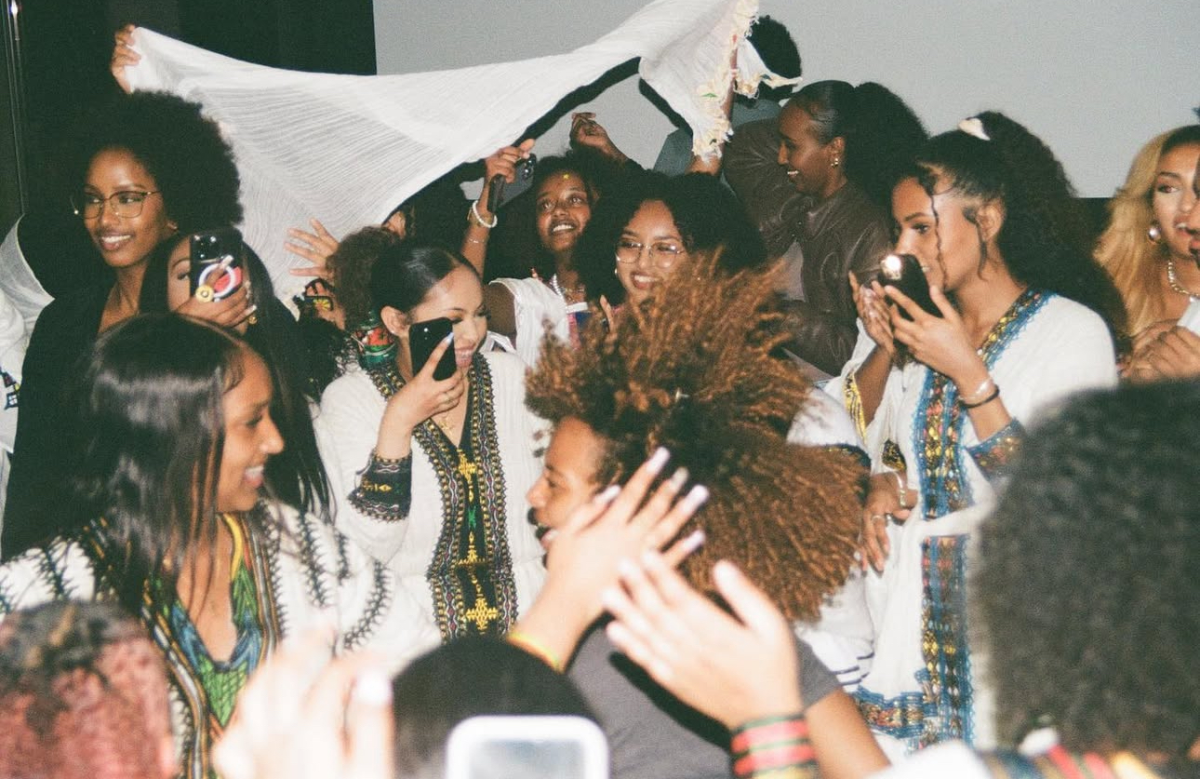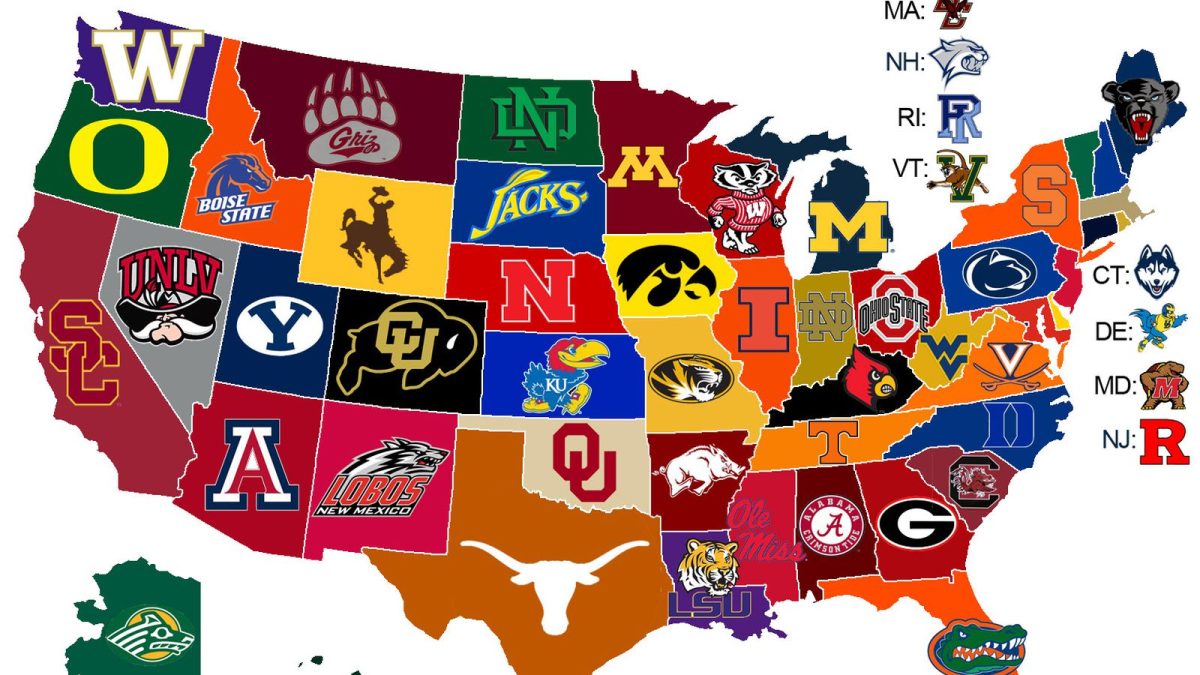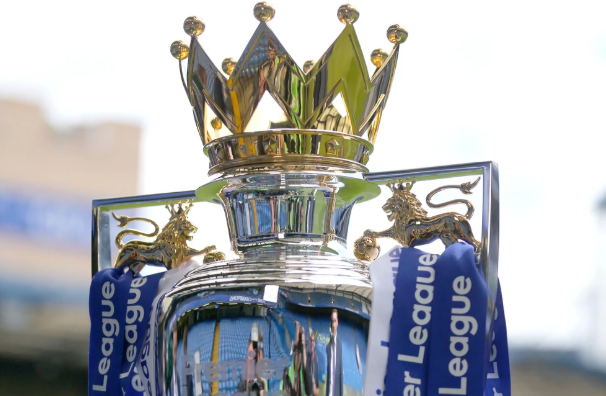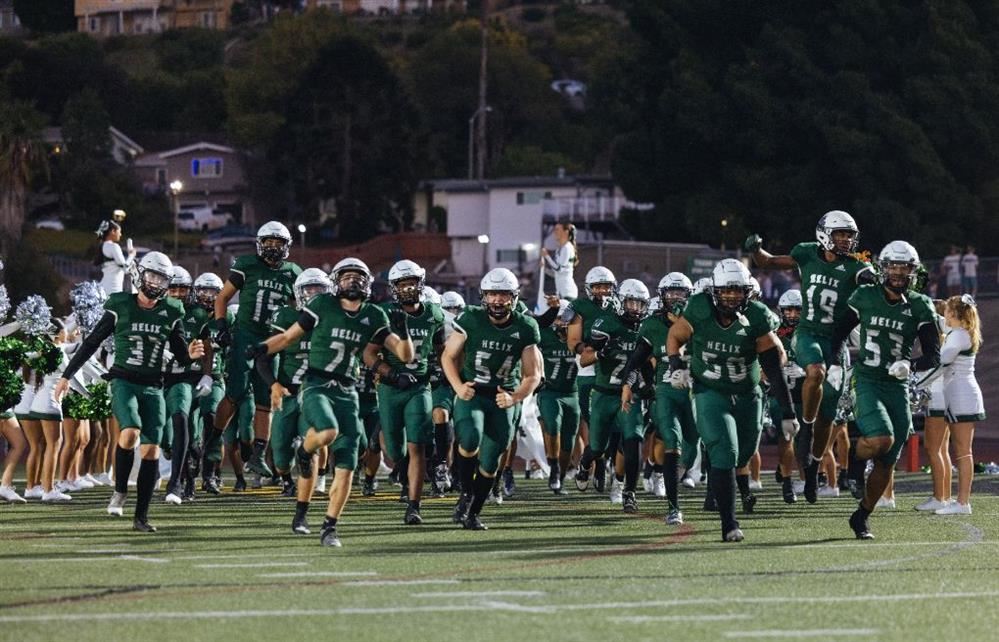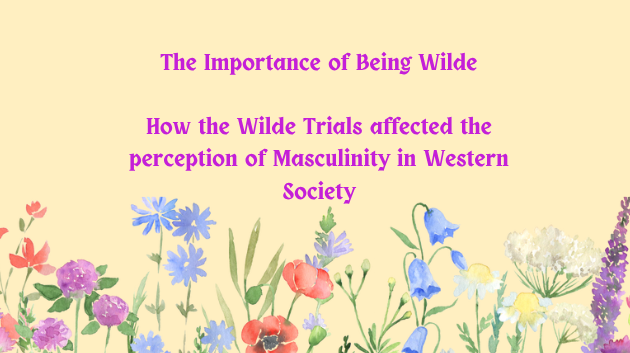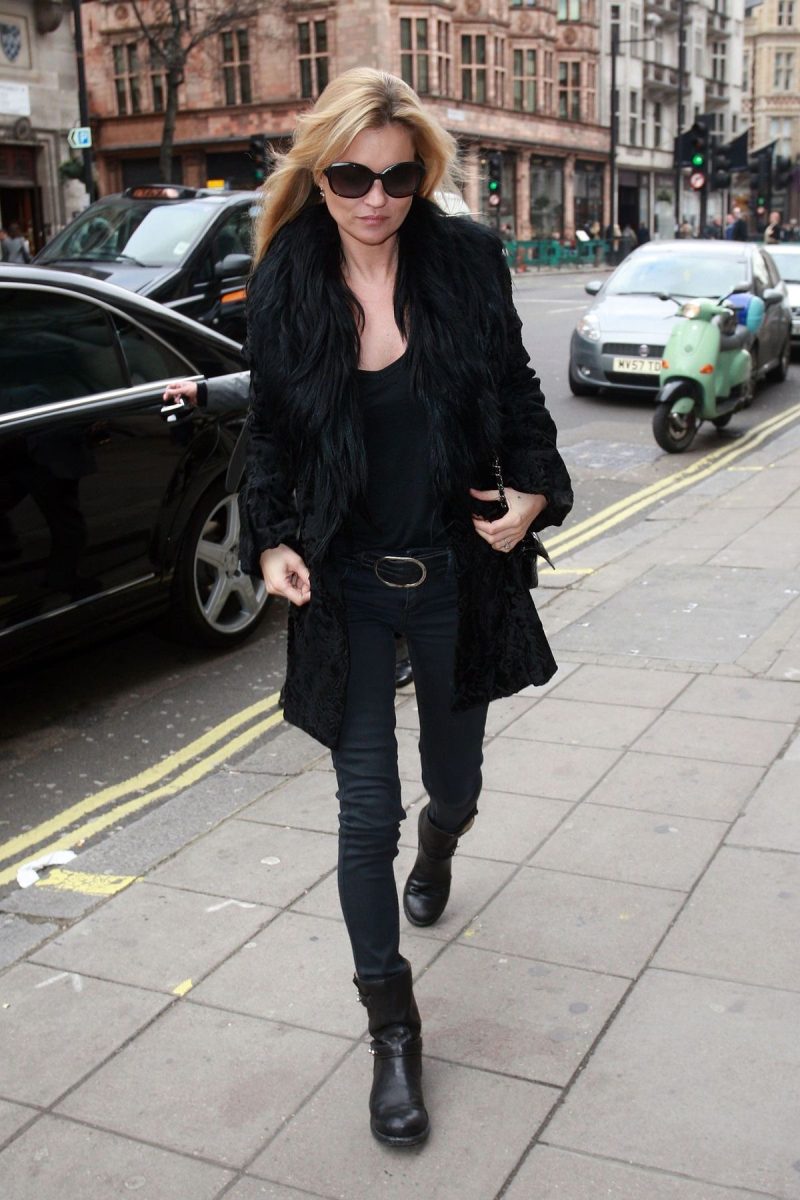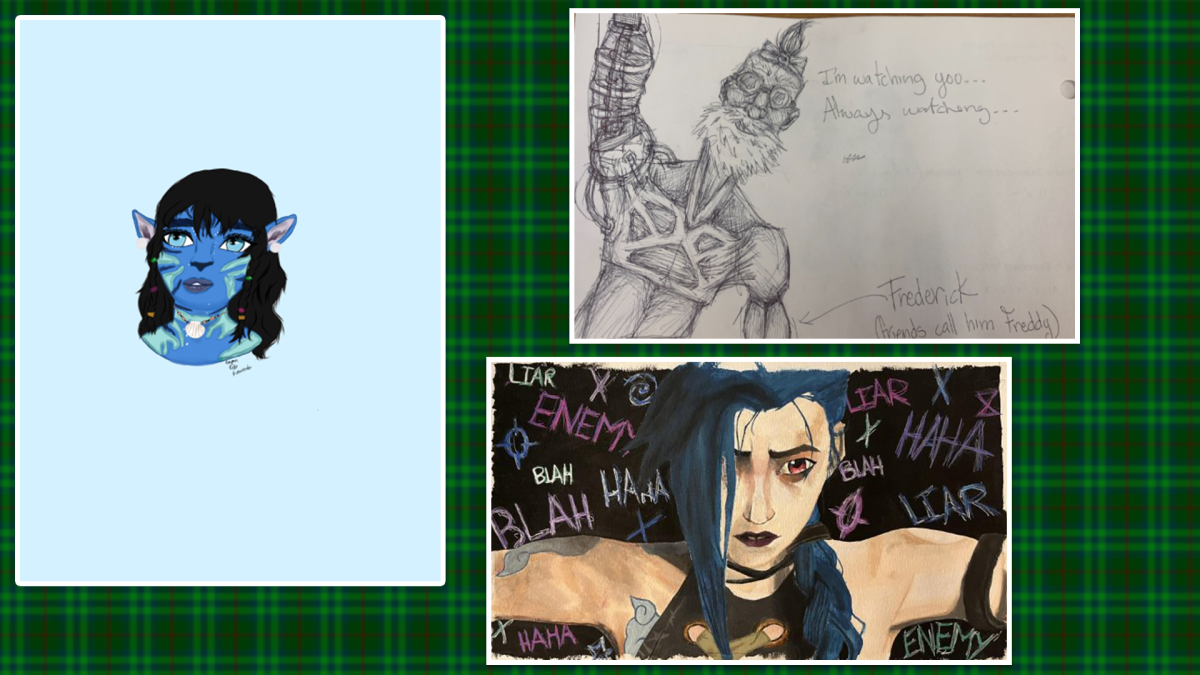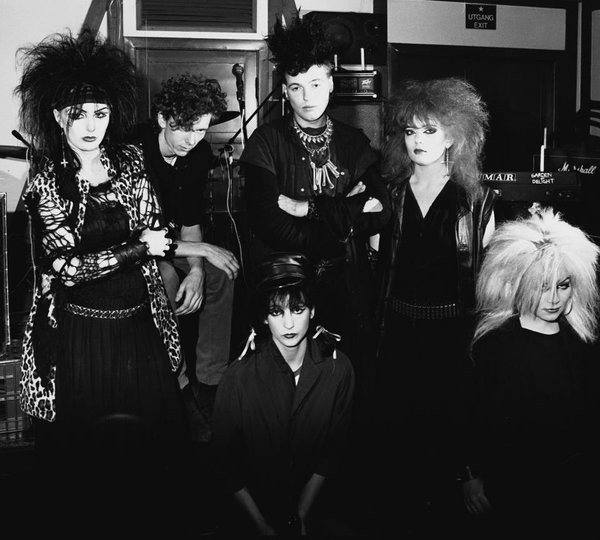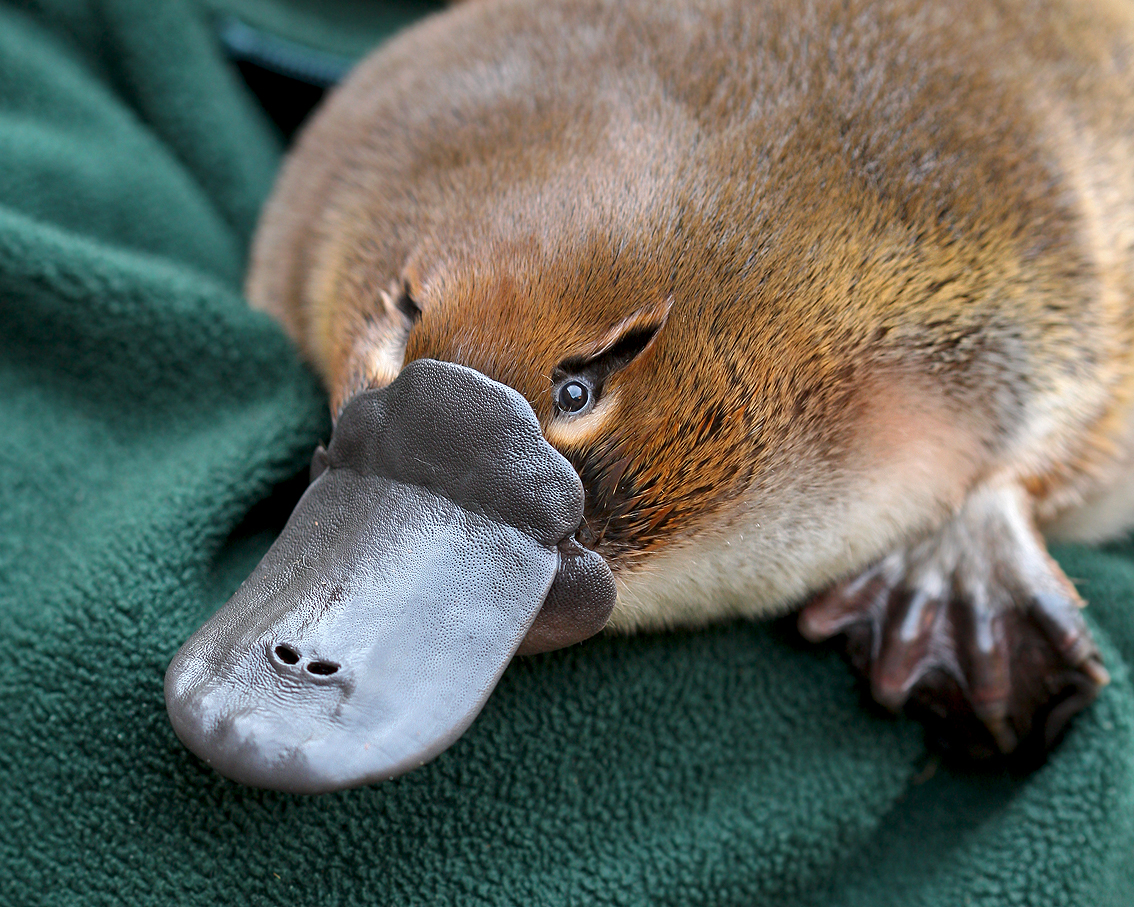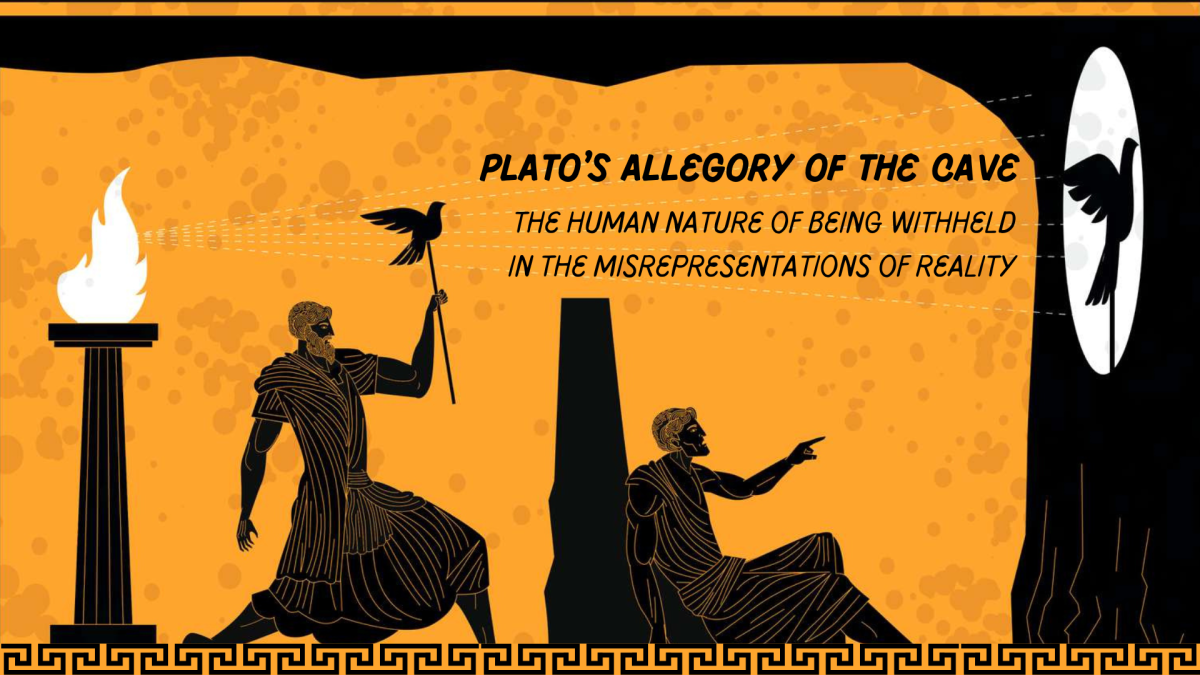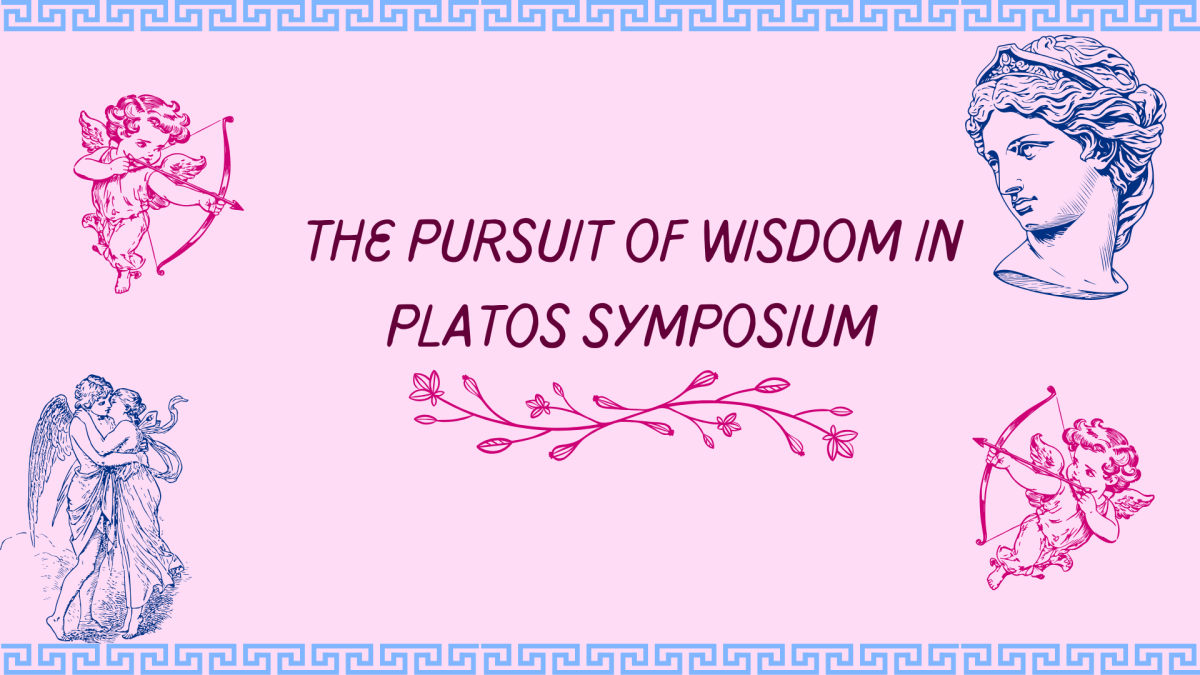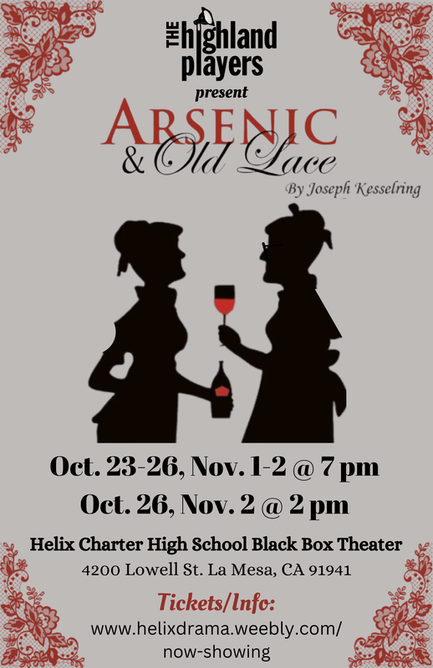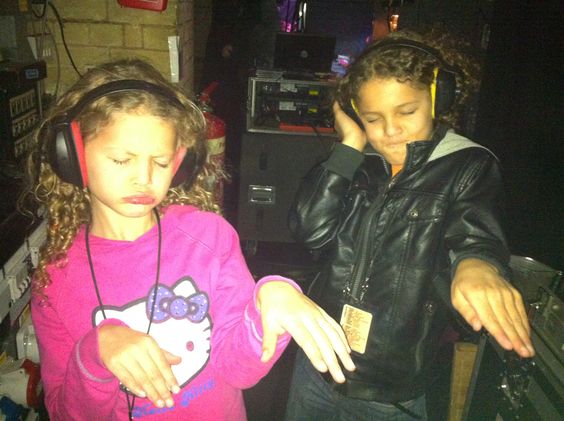
Gender twisting has been entwined with most of Western European culture for many decades. In particular, in the 19th century, a very popular tradition was for young boys in Ireland to be dressed in women’s clothing; even their hair would be stylized in artificial curls. The original motive behind this custom was to prevent boys from being kidnapped from the Irish fae, a kind of fairy that kidnaps young boys. Interestingly enough, the first recorded use of the word “fairy” to describe an effeminate homosexual man was in 1895, the same year Oscar Wilde was imprisoned.
Oscar Wilde was a dandy Irish playwright and poet, famously known for his only novel, “The Picture of Dorian Gray.” Despite his notoriety and fame, Wilde became quite reckless with his private relations with men during a time where homosexuality was still considered gross indecency; a crime that could range from 2 years hard labor to 10 years imprisonment.
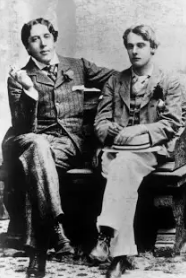
The Marquess of Queensberry was the father of Lord Alfred ‘Bosie’ Douglas, Oscar Wilde’s lover. Queensberry had an antagonistic relationship with Wilde, particularly due to Wilde’s closeness to his son. This led to Queensberry’s public accusations of Wilde’s homosexuality, leading to a libel case which backfired, and resulted in Wilde’s arrest and imprisonment for gross indecency.
In the years following the trial, the tradition of dressing boys in girls’ clothing was discarded, influenced no doubt by Wilde’s famed dandyness. This trial had a massive impact on the way society viewed masculinity and sexuality. Before these trials, the Western European world encouraged homosociability, which allowed for more intimate connections between people of the same sex.
The 1872 novella “Carmilla” features a female vampire explicitly expressing romantic and predatory behavior towards the female protagonist, decades later publishing a book with such themes would make a well published author fear legal repercussions and societal backlash.
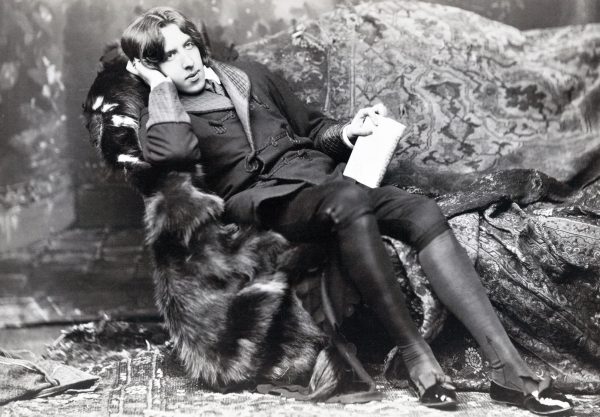
After 1895, the public became morbidly obsessed with the prosecution of gay men. After that, every aspect of male social behavior suddenly had an edge to it. While before a topic such as homosexuality was to be omitted, after the trials, anything of the “Wilde sort” was considered threatening, and gender norms became increasingly constrained. Masculinity became connected with sexuality, anything that could be deemed effeminate was now an exposure risk.
It would take England until 1967 for homosexuality to be decriminalized, and though some argue that Oscar Wilde’s “recklessness” made homosexuals vulnerable to legal and public scrutiny, it must be acknowledged that Wilde gave queer people a direction moving forward. Wilde became a figurehead, his defense of his love solidified him into a symbol of artistic resistance against societal repression.


